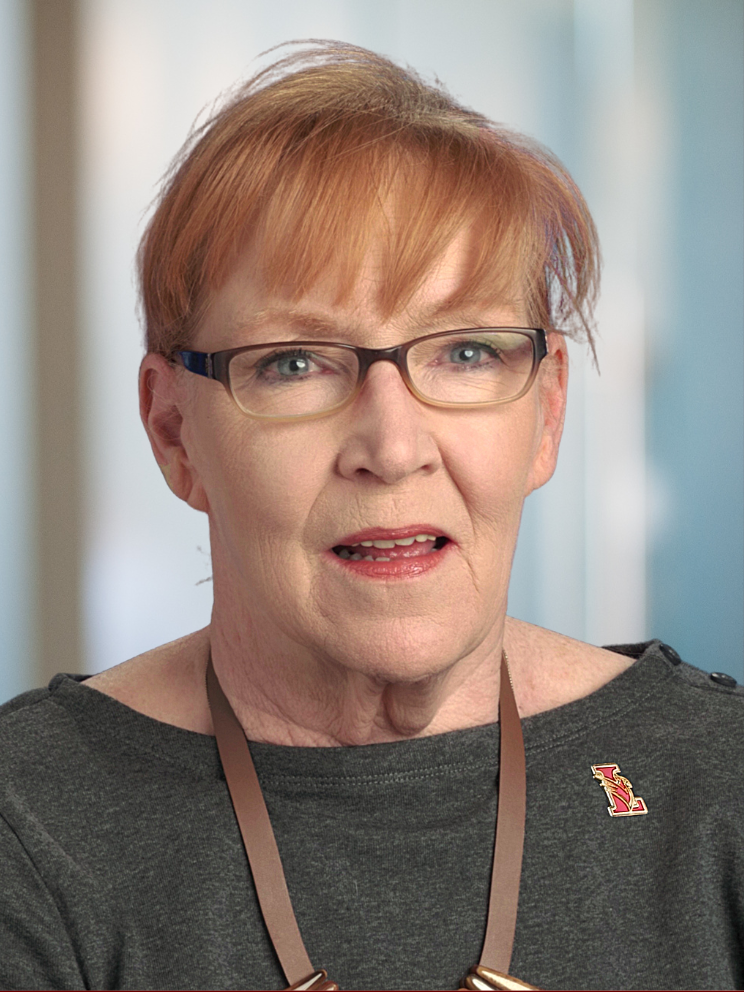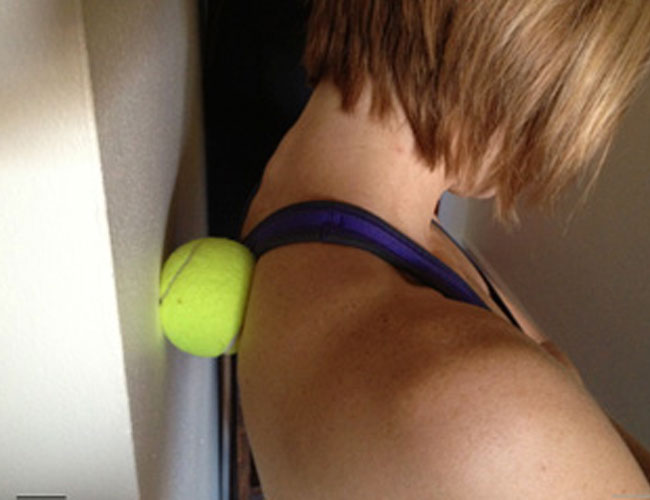When a 70-something friend went to a podiatrist for foot issues, the prescription for alleviating the pain—mostly in her arches—involved a golf ball. Not to walk the links with her clubs, but to massage foot muscles by rolling her bare foot over the golf ball.
Many people live a sedentary lifestyle with long hours of office jobs or inactivity. Sitting in one place can become a serious problem because it contributes to muscle tightness. This can result in pain in your lower back, hips, tailbone, knees and feet. A few minutes a day of exercising with a therapy ball at home can help you manage muscle pain—a simple, low-tech solution, a drug-free answer for your muscular and joint problems. The right ball can improve blood circulation and relieve tension with prolonged, gentle pressure that you control. But what ball do you choose?
Though some massage balls are made for massaging, others are repurposed sports balls. A medium-size one—think playground size—may be a good place to start (always consult your health care provider before starting a new exercise). I used this size when I had a frozen shoulder and simply pressed against it, against the wall, push-up style. Ten-dollar physical therapy is hard to beat. Sadly, the ball didn’t hold up against my dog’s teeth. For deeper muscle pain, try a lacrosse ball, which is hard and tennis ball-sized.
Massage balls work immediately to target knots and pain anywhere on your body. They’re great for muscles and their surrounding tissue to relieve tightness in the muscle. You can use a ball anywhere—sit in a chair, stretch out on a yoga mat, or even lie on a bed.
While muscle rollers (another possibility) have many benefits, they usually relieve pain in larger areas that may not be as deep. Chiropractors from the Cleveland Clinic suggest the best way to roll out your pain:
- Get in position: Place the roller under your trigger points and lie across it. Let your body weight press the roller into the tight spots.
- Slow your roll: Less wiggle, more pressure. Try to press the roller into the tight spot and stay there. That deep, steady pressure should ease tension.
- Hit the spot: It may help to roll just above or below a trigger point. Use some trial and error to find the right place to press. It might feel uncomfortable while you roll, but your muscles should feel more relaxed when you’re done.
Other beneficial tricks with balls include putting tennis balls in a sock, then pressing into them with your back, shoulder or hips against the wall or the floor on a yoga mat. See this video for more ideas with tennis balls.
What about the spiky balls that look like what I put in my clothes dryer instead of fabric softener? Roll them over sensitive areas all over the body; they’re especially good for the arches of the feet.
In the end, my friend did find relief from her foot pain with the golf ball exercise: she simply rolled her arches over the ball, getting to the smaller muscles and breaking up tightness. She may even be back in her heels before too long, having a ball.

Pepper Evans works as an independent-living consultant, helping older adults age in place. She is the empty-nest mother of two adult daughters and has extensive personal and professional experience as a caregiver. She has worked as a researcher and editor for authors and filmmakers. She also puts her time and resources to use in the nonprofit sector and serves on the Board of Education in Lawrence Township, NJ.



